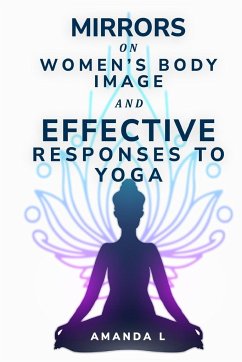Young women in Western cultures are conditioned to believe their self-worth is contingent upon conforming to cultural standards of beauty and thinness (Harter, 1990; Stice & Shaw, 2002). Perceived discrepancies between one's actual body and the body ideal lead to body dissatisfaction, or normative discontent (Rodin, Silberstein, & StreigelMoore, 1985). Large-scale surveys report that 46% of adolescent girls and 87% of college-aged women are dissatisfied with their current body size (Neighbors & Sobal, 2007; Neumark-Sztainer, Goeden, Story, & Wall, 2004). Objectification theory (Fredrickson & Roberts, 1997) provides an overarching framework for understanding how societal portrayals of women's bodies as objects of desire are internalized by women through a process known as self-objectification, which is associated with body dissatisfaction, depression, anxiety, and low self-esteem (Moradi & Huang, 2008). When Fredrickson and Roberts (1997) first introduced objectification theory, they proposed that women could actively reduce these negative consequences of self-objectification by positively engaging with their body through exercise.
Hinweis: Dieser Artikel kann nur an eine deutsche Lieferadresse ausgeliefert werden.
Hinweis: Dieser Artikel kann nur an eine deutsche Lieferadresse ausgeliefert werden.








